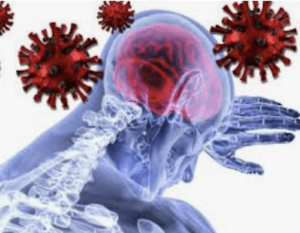According to a randomized clinical trial, published in Neurogastroenterology and Motility, irritable bowel syndrome (IBS) has been linked to sympathovagal balance disruption, which “could impair vascular homeostatic and cause IBS symptoms,” according to primary investigator, Mary Katherine Jurek, and colleagues from the Department of Health and Human Performance at the Cardiovascular Physiology Laboratory of Texas State University in San Marcos, TX. Citing recent studies that have observed symptom improvements in adult patients with IBS after one slow, deep breathing (SDB) session, the researchers examined the viability of a continual SDB intervention in adults with IBS.
The authors ultimately felt that their “results demonstrate the feasibility of a SDB intervention in adults with IBS and suggest improvements in microvascular function in the absence of changes in symptoms or autonomic function in this population.”
Fourteen patients with IBS were enrolled in the study and randomized to either four weeks of SDB or a control. The SDB intervention was comprised of a 20-minute video viewed five times weekly, whereby control patients were instructed to maintain their normal activities. Microvascular endothelial function, heart rate variability (HRV), and post-exercise heart rate recovery (HRR) were used to assess patient functions, while IBS symptom severity was measured via the IBS-Severity Scale (IBS-SS).
Thirteen patients, six controls, and seven intervention patients, completed the study. Notably, patients in the SBD group had increased microvascular endothelial function after the four-week therapy, expressed as patients’ cutaneous vascular conductance at 39°C relative to a maximum response at 43.5°C (45% to 59%; p <0.00001). Although, the authors noted that HRV, HRR, and IBS-SS scores were unchanged.
Overall, the study’s authors proposed that SBD was a potentially feasible and effective intervention for adult patients with IBS, and may warrant further investigation for this population.
Source: https://onlinelibrary.wiley.com/doi/10.1111/nmo.14275








